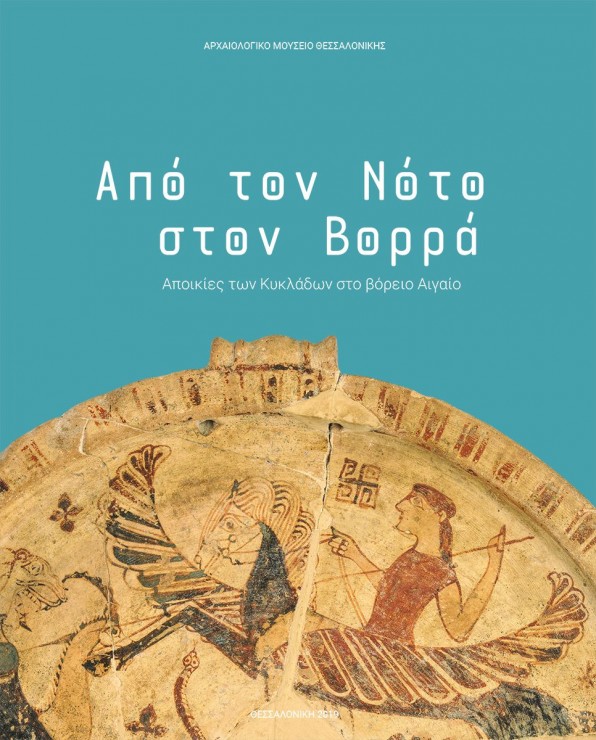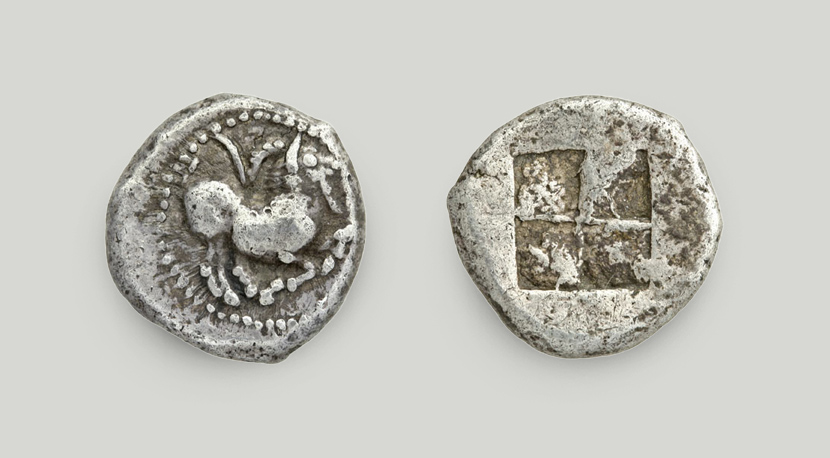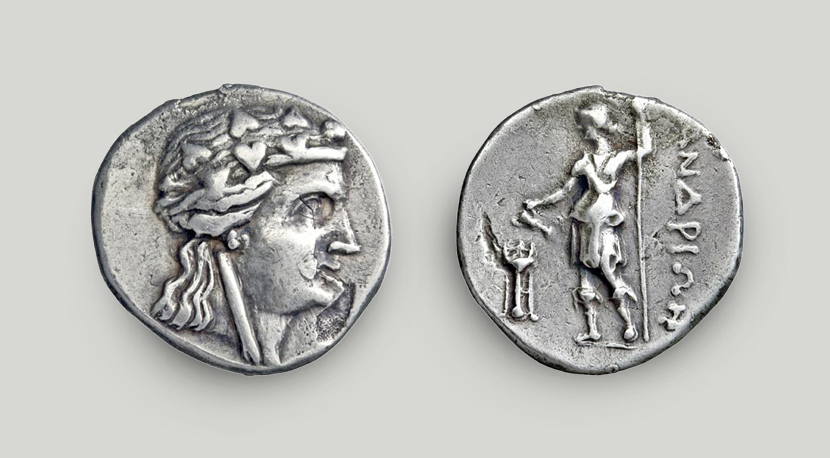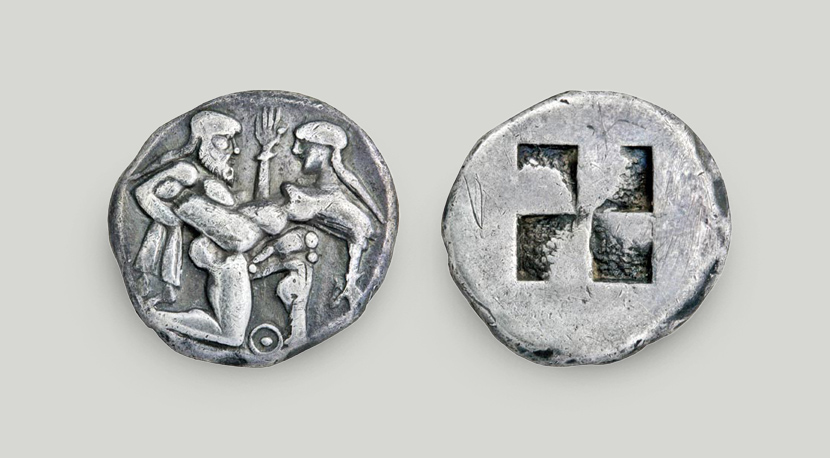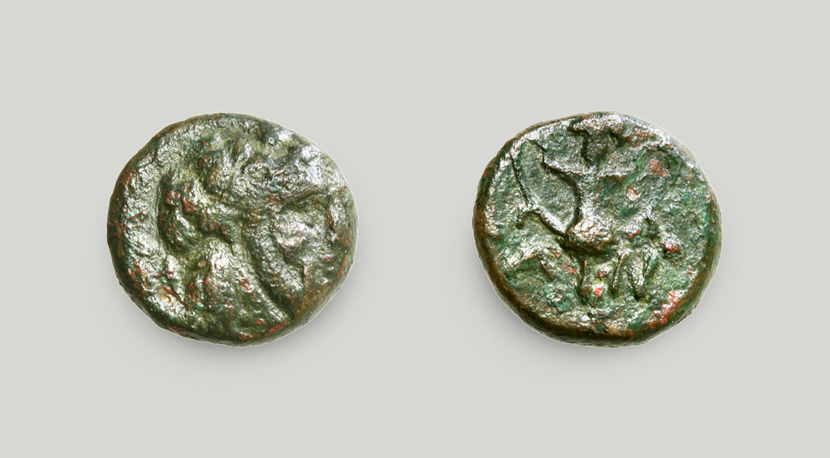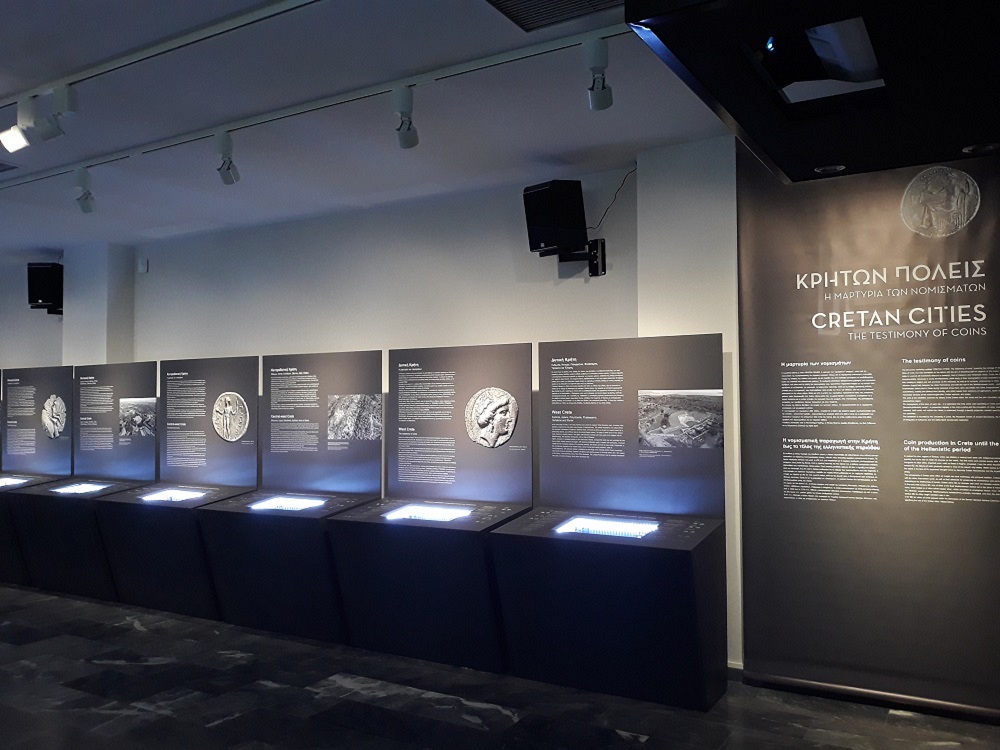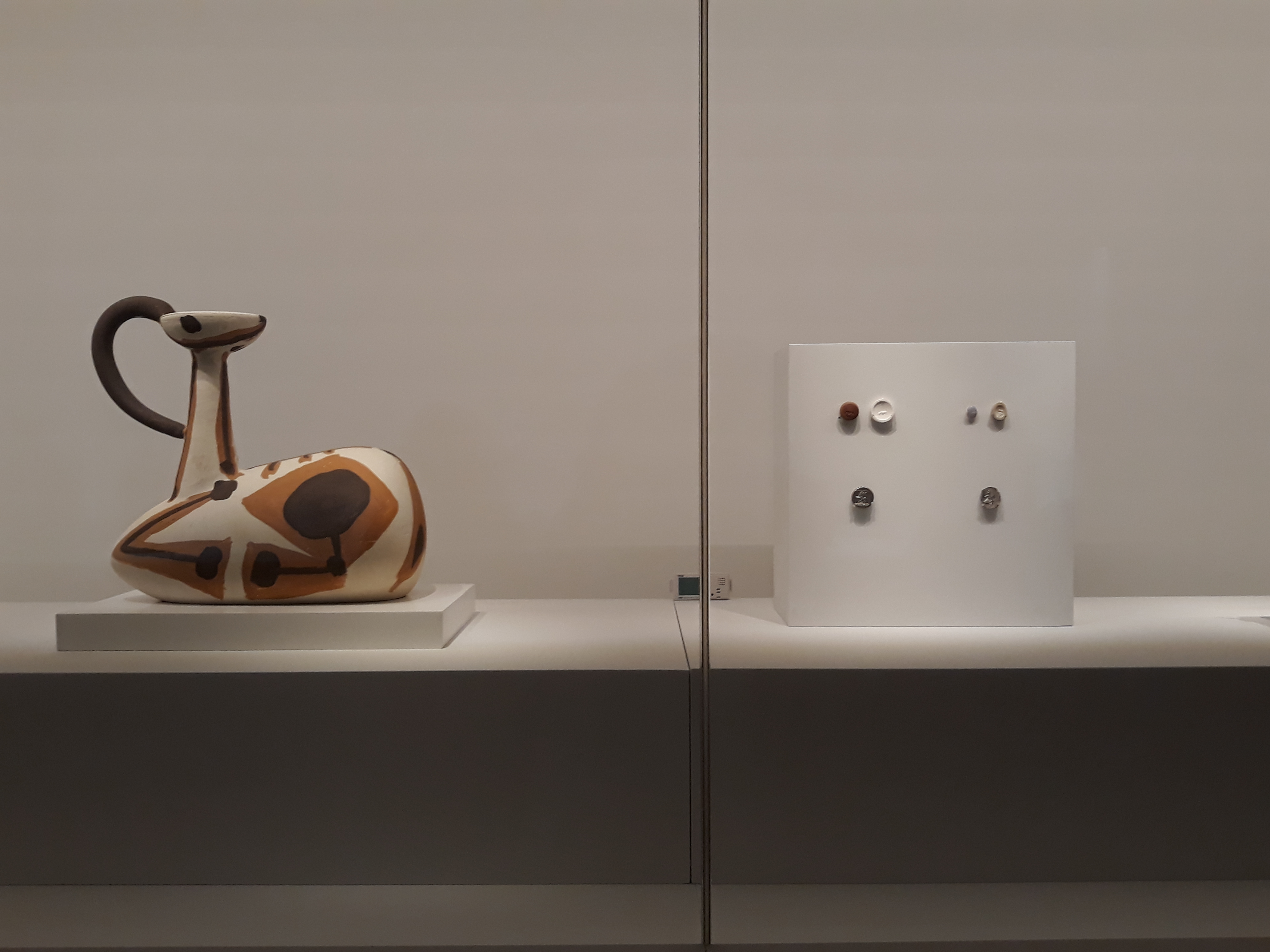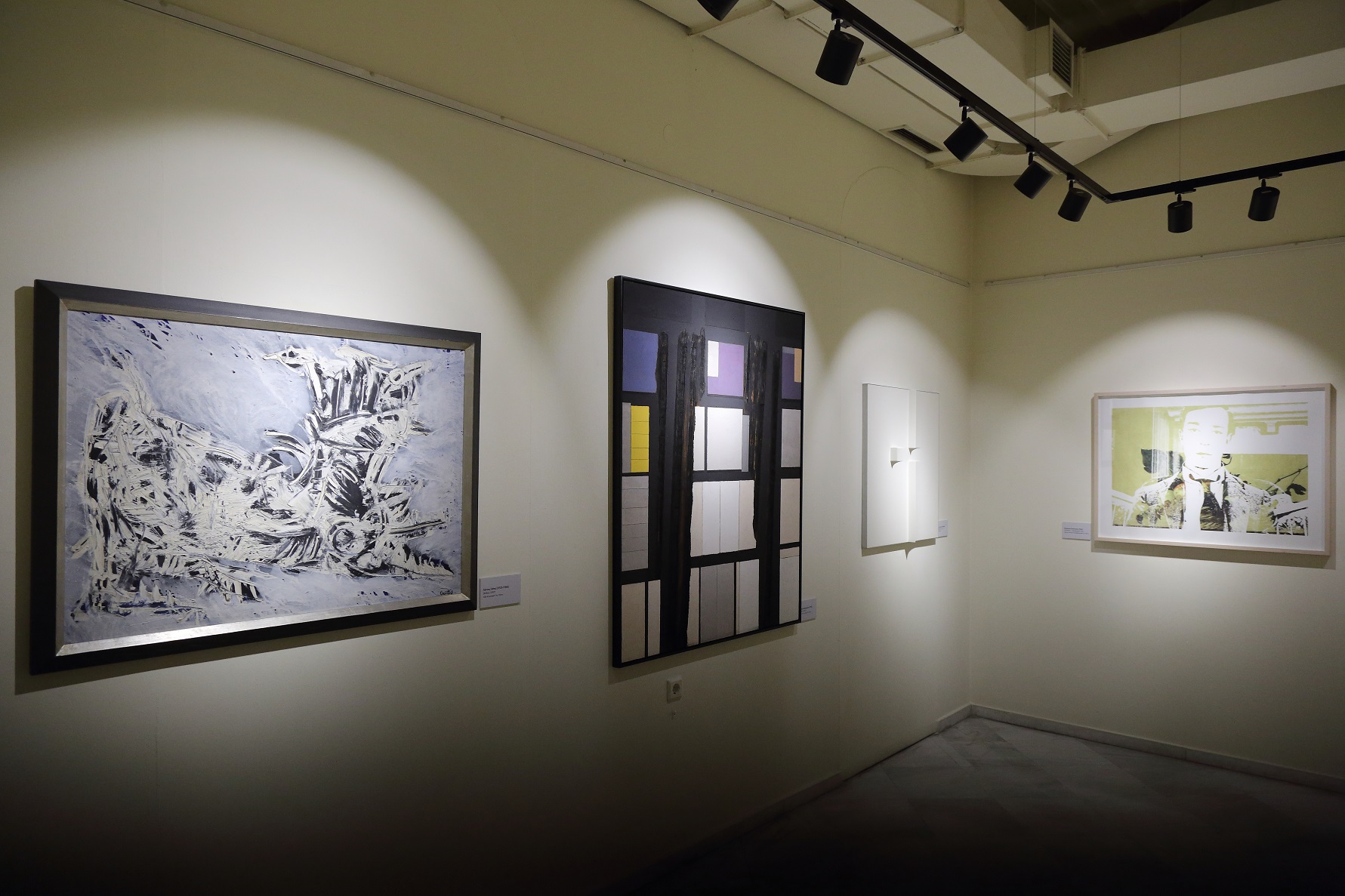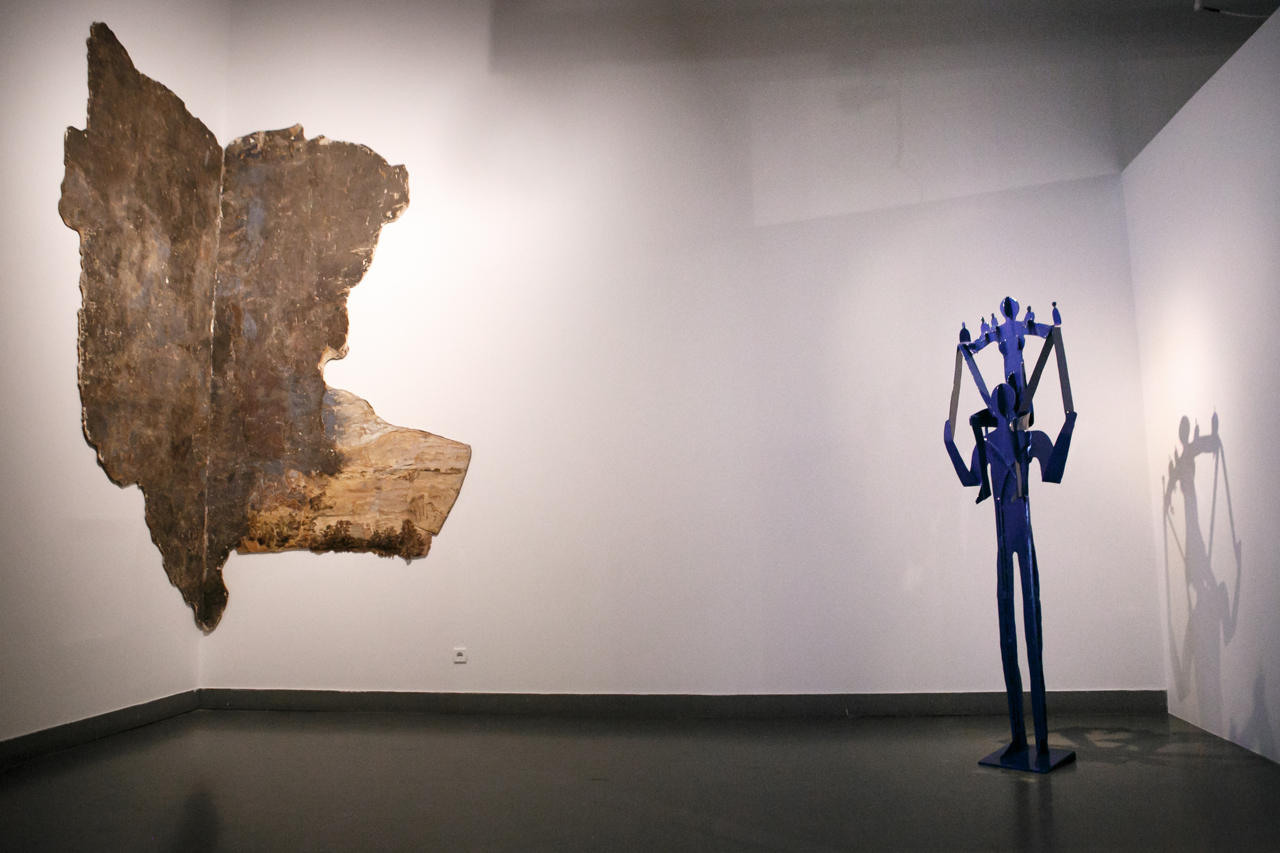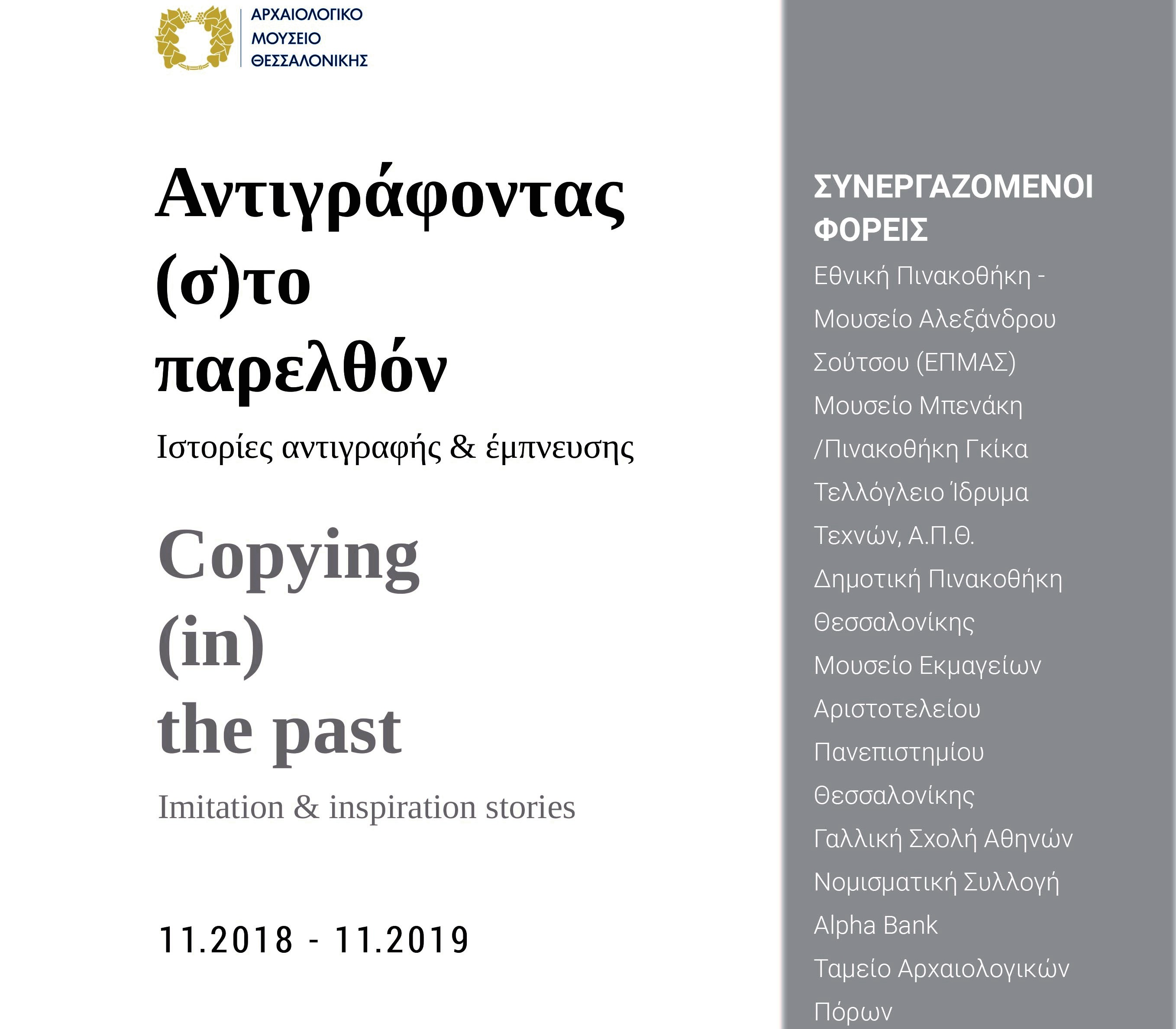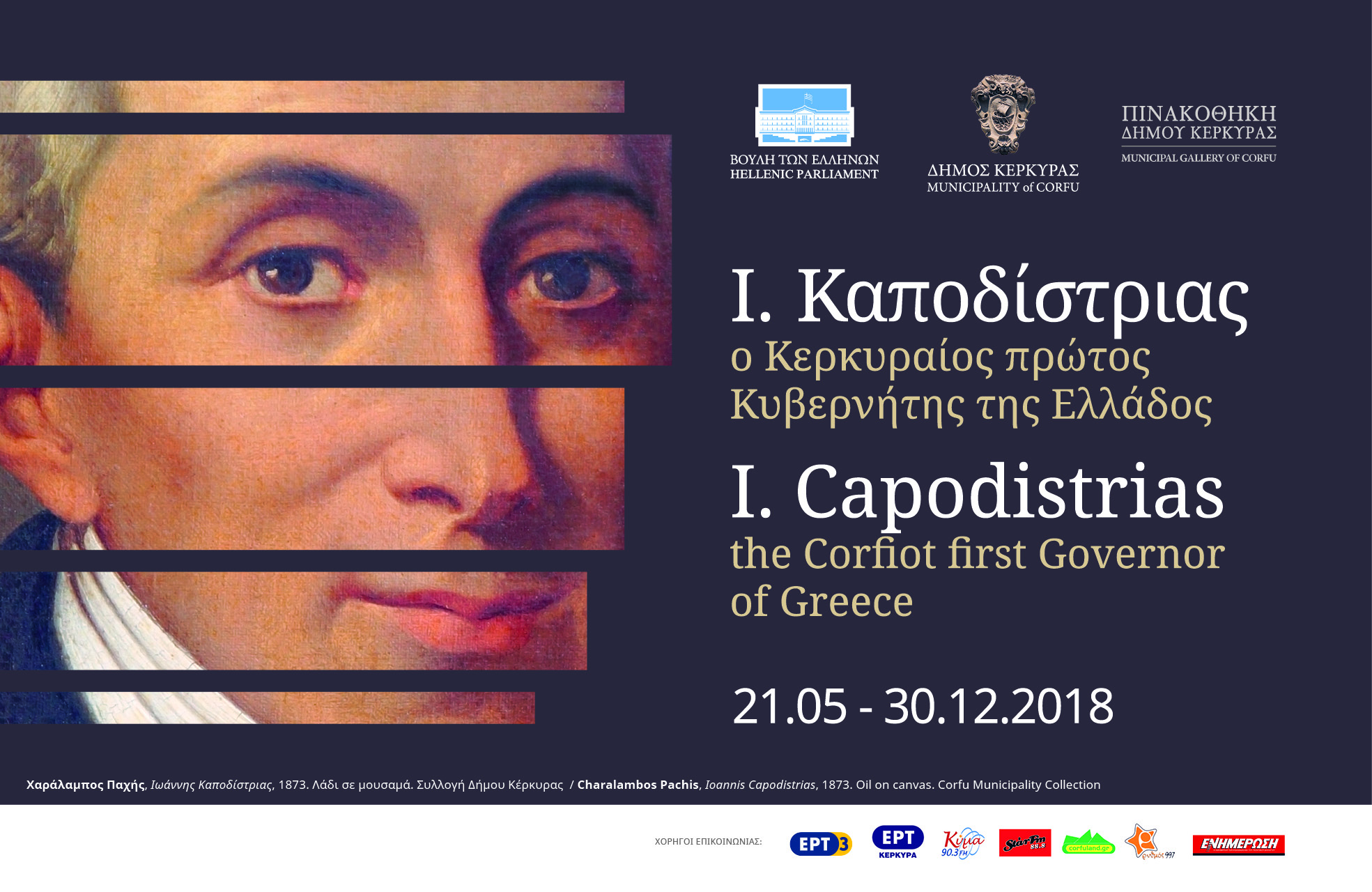ENDED
Participation in the exhibition “From the South to the North: Colonies of the Cyclades in the Northern Aegean”
The Alpha Bank Numismatic Collection loaned 4 coins to the Archaeological Museum of the exhibition “From the South to the North: Colonies of the Cyclades in the Northern Aegean”. The exhibition focused on the colonisation of the Northern Aegean by the inhabitants of the Cyclades a little before the mid-7th century BCE.
The Alpha Bank Numismatic Collection loaned 4 coins to the exhibition “From the South to the North: Colonies of the Cyclades in the Northern Aegean”:
Silver didrachm, Andros, 250-200 BCE. The obverse depicts a head of the god Dionysus. On the reverse, the same god is depicted carrying a thyrsus, the signature staff of his cult, and using a cantharus (drinking cup) to offer libations before a tripod. The legend reads “ΑΝΔΡΙΩΝ” [of (the inhabitants of) Andros].
Bronze coin, Andros, 4th-3rd century BCE. The obverse depicts a bearded head of the god Dionysus. The reverse depicts a cantharus, along with the initials A and N.
Silver drachma, Paros, 490-480 BCE. The obverse depicts a kneeling caprine, and an incuse square is imprinted on the reverse.
Silver stater, Thasos, 463 BCE. The obverse depicts a Silenus (companion of Dionysus) abducting a Maenad (follower of Dionysus), who raises her arm in protest. An incuse square is struck on the reverse.
All 4 coins are mentioned in Alpha Bank’s publication Journey to the Islands. The Numismatic Evidence.
Aims of the exhibition
The exhibition focused on the colonisation of the Northern Aegean by the inhabitants of the Cyclades a little before the mid-7th century BCE. The aim of the exhibition layout was to examine:
What reasons, circumstances and motives led the inhabitants of Paros and Andros to colonise the Northern Aegean.
How the colonies were similar to, or differed from, the mother cities.
How sea routes helped establish cultural and commercial networks in the Aegean and beyond.
How the indigenous populations interacted with the settlers.
How the common Greek cultural identity and heritage came to be.
The 3 islands of the Northern Aegean
Andros was inhabited in the 8th century BCE by settlers from Ionia (present-day Anatolia), who founded the island’s namesake city. The inhabitants of Andros prospered thanks to the wine trade, and there was an annual celebration in honour of Dionysus, the god of wine. Andros took longer than the rest of the Cyclades to start minting its own coins, with low-denomination silver coins first appearing around the late 4th century BCE. Silver didrachms with Dionysus on both sides were not put in circulation until the mid-3rd century BCE.
Paros’ economy flourished remarkably during the Archaic and early Classical Era, as witnessed by the rich series of high-denomination silver coins issued there. The billy goat was the main type on Parian coins since minting started on the island (around 530 BCE). Simonides of Kea mentions the type in an epigram reading that the statue of Artemis built by the sculptor Arcesilaus had cost 200 Parian drachmas, which bore a billy goat as an episema (Diogenes Laertius, Lives of Philosophers D 45). First issues have the caprine on the obverse, while later ones have it on the reverse.
From its beginnings in the last centuries of the 6th century BCE, the production of coinage on Thasos was impressive, thanks to the island’s rich mines. The types on the first silver issues were inspired by the story of the god Dionysus. The Silenus (companion of Dionysus) decorating the south gate to the city, along with the protesting nymph he carried in his arms, were imprinted on the staters minted in the 5th century BCE.
Other participating museums and institutions
Other participating institutions included the Museum of Casts and Antiquities of the Aristotle University of Thessaloniki, and the following Ephorates of Antiquities: Cyclades; Chalkidiki and Mount Athos; Serres; Kavala and Thasos.
Bilingual exhibition catalogue
A catalogue in Greek and English was published to accompany the exhibition.
